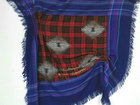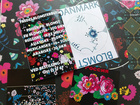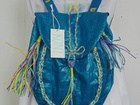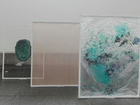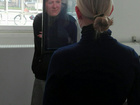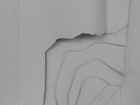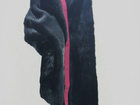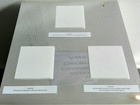Theory Lab: Cultural Appropriation or Appreciation?
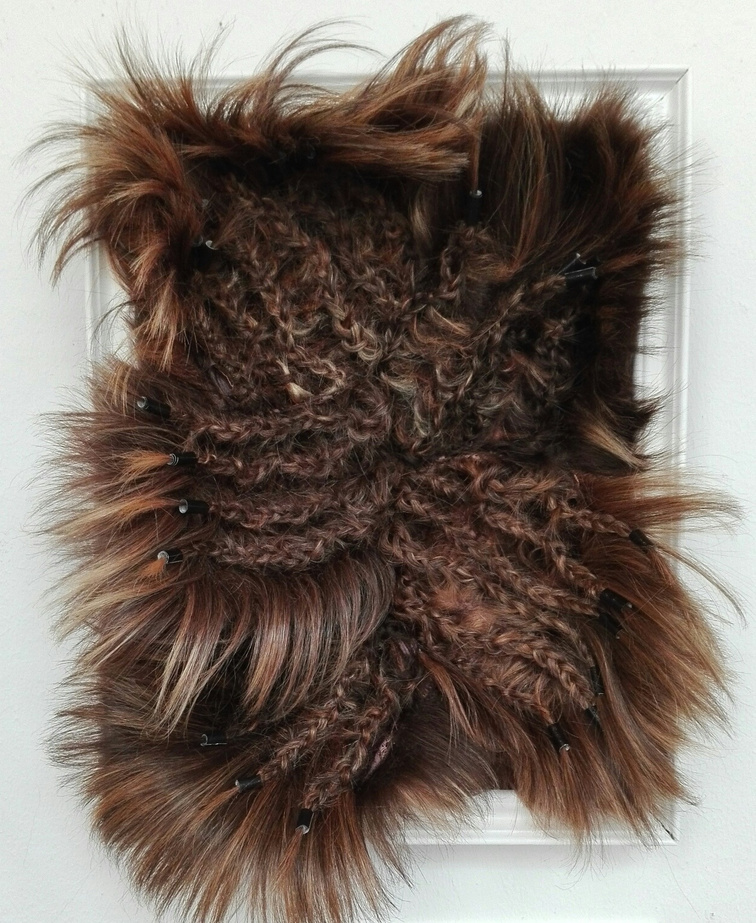
Fashion designers are like creative sponges soaking up inspiration from anywhere and everywhere. But this creative liberty comes with an ethical responsibility especially when drawing on visual material from cultures that have historically been colonized or otherwise marginalized.
In a second-year theory session, students discusses the challenges facing designers in a world of digital media and a global fashion industry that creates conditions for trans-national narratives but also ethical pitfalls when referencing religion, ethnicity and culture in fashion.Included in the class discussion was the rise of “modest wear” in relation to themes of female empowerment sparked by for instance Dolce & Gabbana’s range of hijabs and abayas.
The fashionable balance between poaching and celebration is often different for each designer but it must always be considered within the zeitgeist that is currently sensitive to issues of cultural appropriation.
Recent examples that have been considered culturally controversial include the use of Native American headdress on a Victoria’s Secret model and Beyoncé’s role as a Bollywood star in the Coldplay video “Hymn for the Weekend”.
Each student was asked to address and challenge this issue through a visual statement or exploration seen in the gallery below. These included a crocheted onesie resembling a folk dress or divine creature – a piece that drew on techniques and visual references to multiple cultures as an eight kilo attempt to escape simple categories of origin; refashioning a typical Swedish IKEA-bag with techniques from indigenous Same people to explore cultural meetings through craft; a tableau of textile techniques from different cultures that became ‘white washed’ through a hand-crafted white eye mask; a critical rendition of the filters the fashion industry applies to cultural heritage with often demeaning results; compiling a multitude of cultural inspiration to form a kind of armor as a comment on cultural appropriation; a two-way mirror installation constituting a social experiment that foregrounded how worldviews are distorted in the meeting between cultures; introduction of an award for common decency to celebrate the individual’s social and cultural responsibility; a mother’s discarded wig styled with cornrows seen within the cultural identity context of hair; and a take on an East African khanga with an embroidered proverb accompanied by a Polaroid of the class discussion to comment on how we - even as we address concerns over cultural appropriation - risk reconfirming the exact structures that we are attempting to dismantle because we, in this case a Danish design school, reserve the privilege to act as the voice of minorities.
Cultural borrowing is inherent to fashion and has been from the Silk Road to Poiret’s love affair with Orientalism. However, the balance between cultural appreciation and appropriation is delicate and requires that fashion designers are willing to reflect sensitively on the cultural histories involved. The visual statements were intended to explore this balance through fashion considered here as a tool for asking questions, pushing boundaries and celebrating the wonder of transformation.


